When using stone walls as a form of fencing, the wall needs to be maintained at a sufficient height and reinforced with safe fencing as needed.
- Home
- What We Do
- Equine Advice
- Fencing
Fencing
As part of The Five Domains of Animal Welfare, all equines require a safe, comfortable, and happy environment. Fencing is an area that horse owners should focus on.
It is advised that adequate fencing is used to prevent equines from escaping and causing damage to themselves or others. Horse owners are responsible for ensuring their equines are kept securely.
Acceptable Types of Fencing Materials
Hedging


Use hedging a non-poisonous variety that is sufficiently established in growth to ensure all-year security. But it may require additional fencing of another type to support securely as required.
Horse safe netting
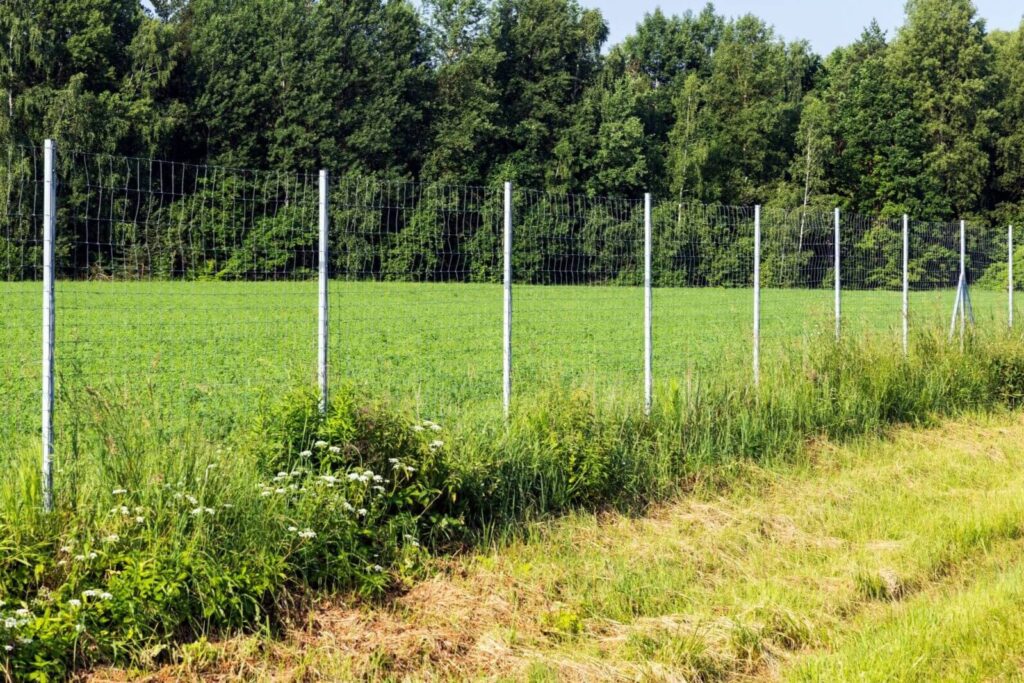
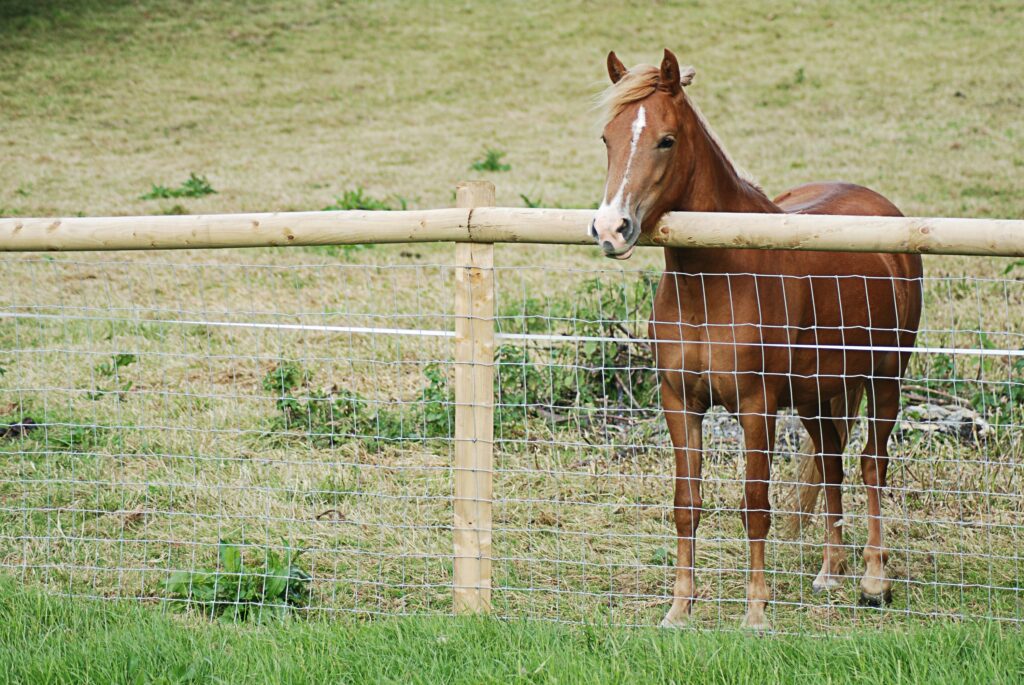
We advise horse safe netting to be constructed the correct way up (smaller holes lower down) with an additional rail on the top to improve security and visibility.
Plain wire
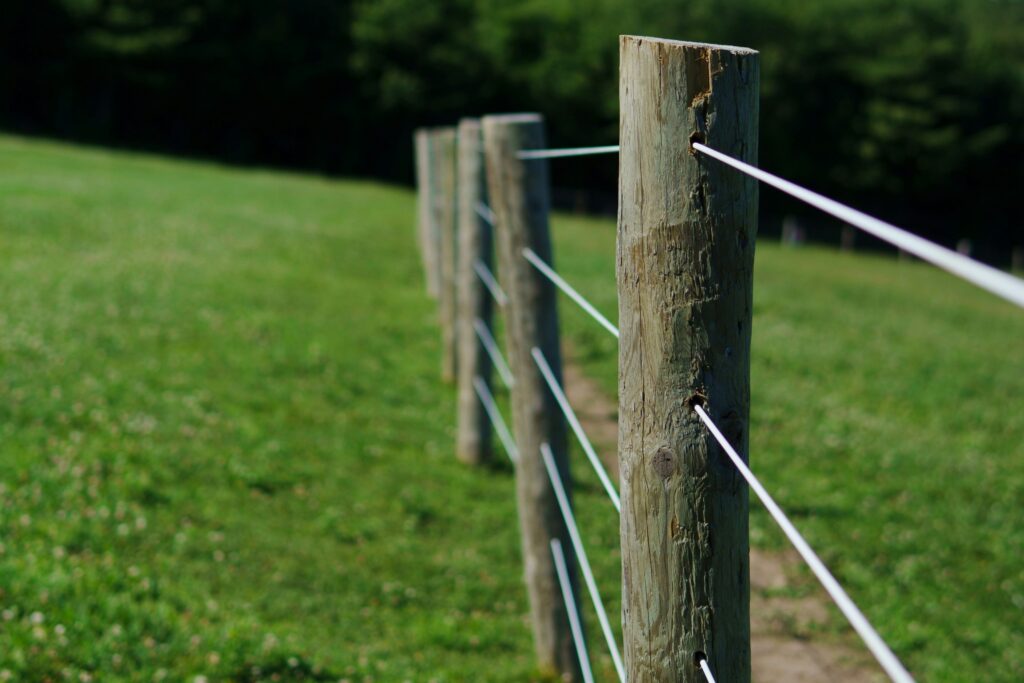
If used as a divisional fence visibility for the horse(s) it must be maintained, for example, use of ribbon/visibility strips. If used as an electrified divisional fence, then a single strand (with ribbon/visibility strips).
Suggested suitable fencing
Wooden posts and rails
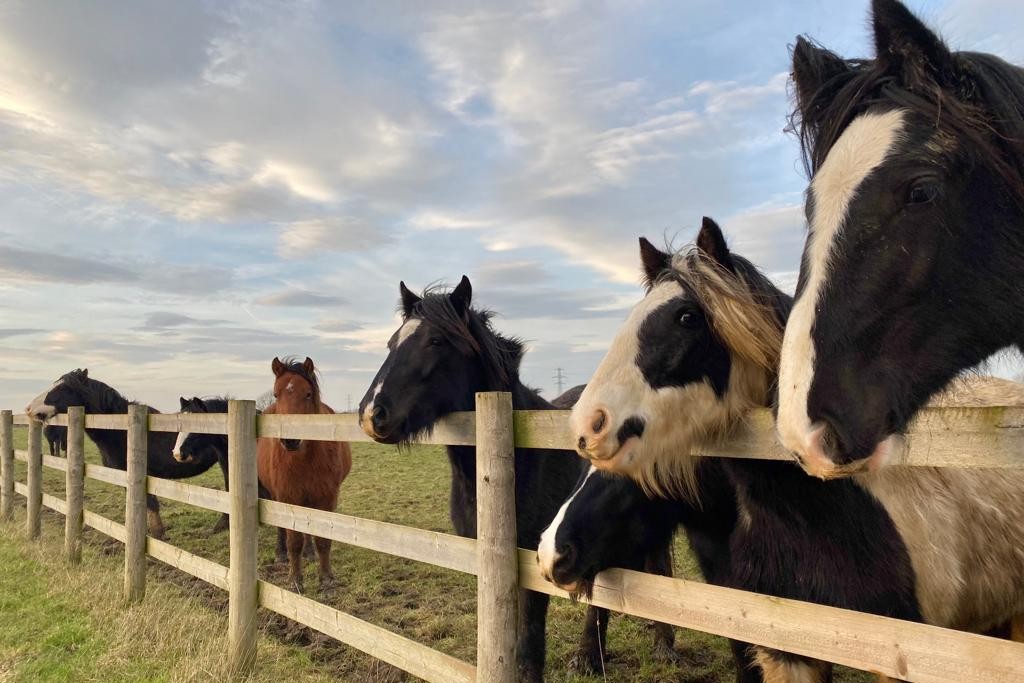
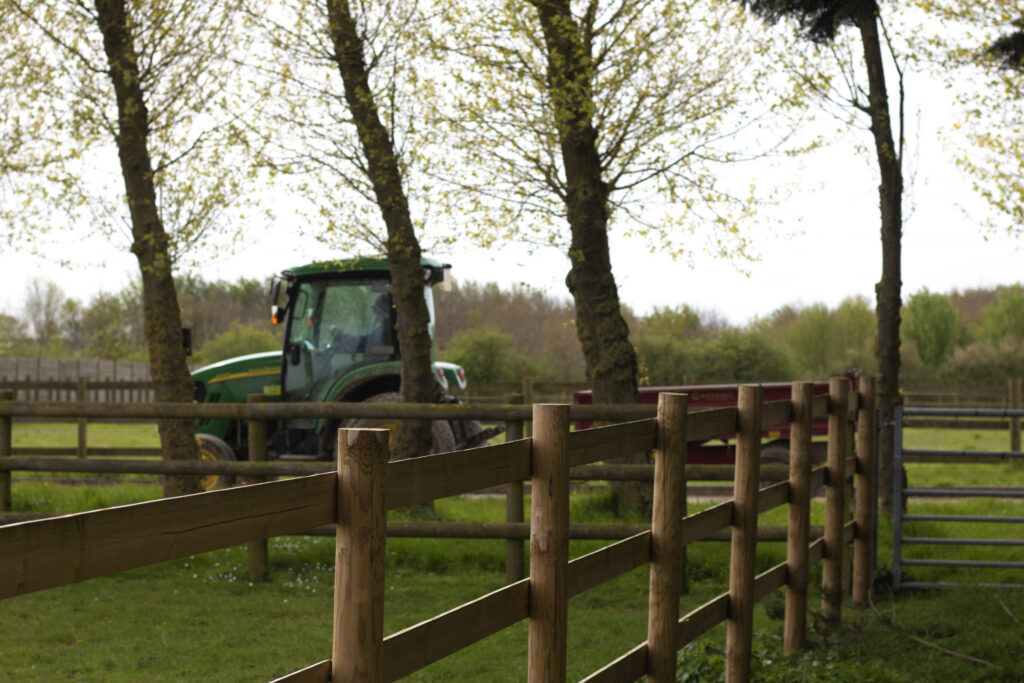
Ideally a minimum of two rails at heights suitable to deter and minimise escape risk.
Stock fencing
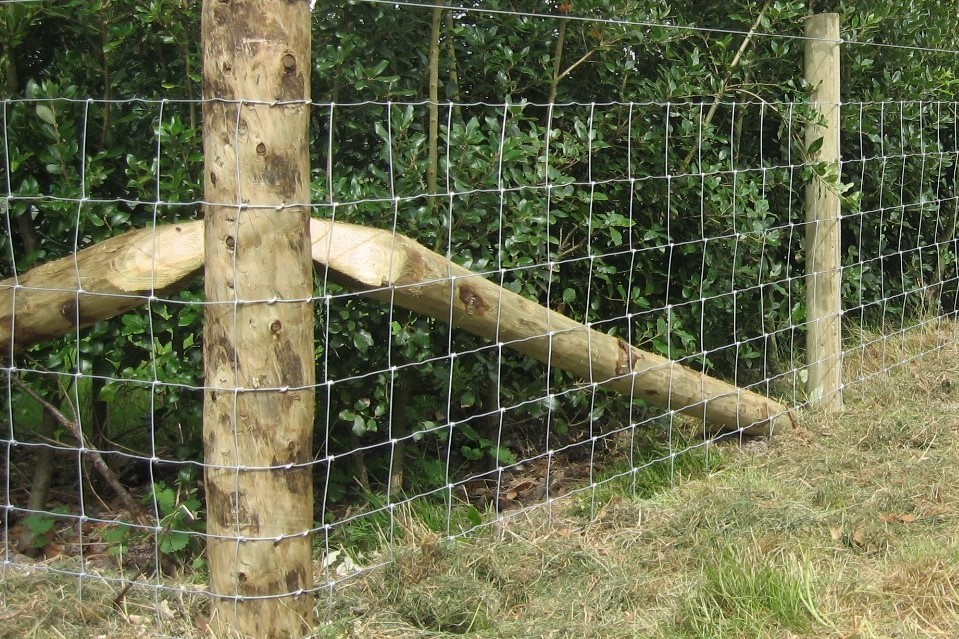
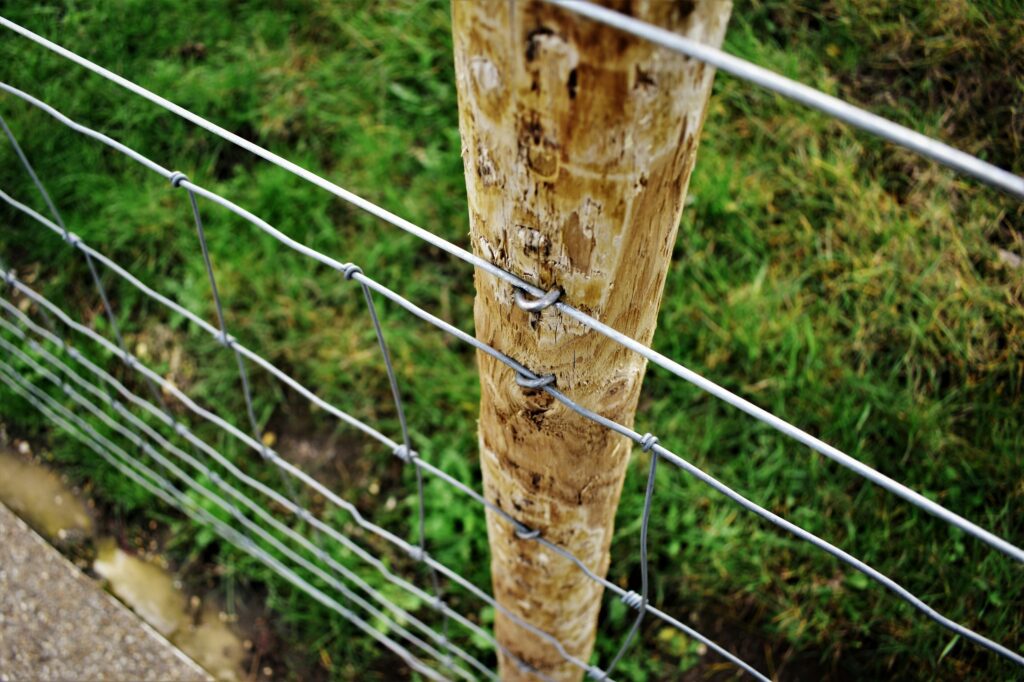
If stock fencing is used as a divisional fence, it is recommended that offset electric fencing (which keeps livestock away from post and rail fencing) should be used. It can also be used as a boundary fence alongside hedging, care must be taken that shoes cannot get caught in the fencing.
Electric fencing

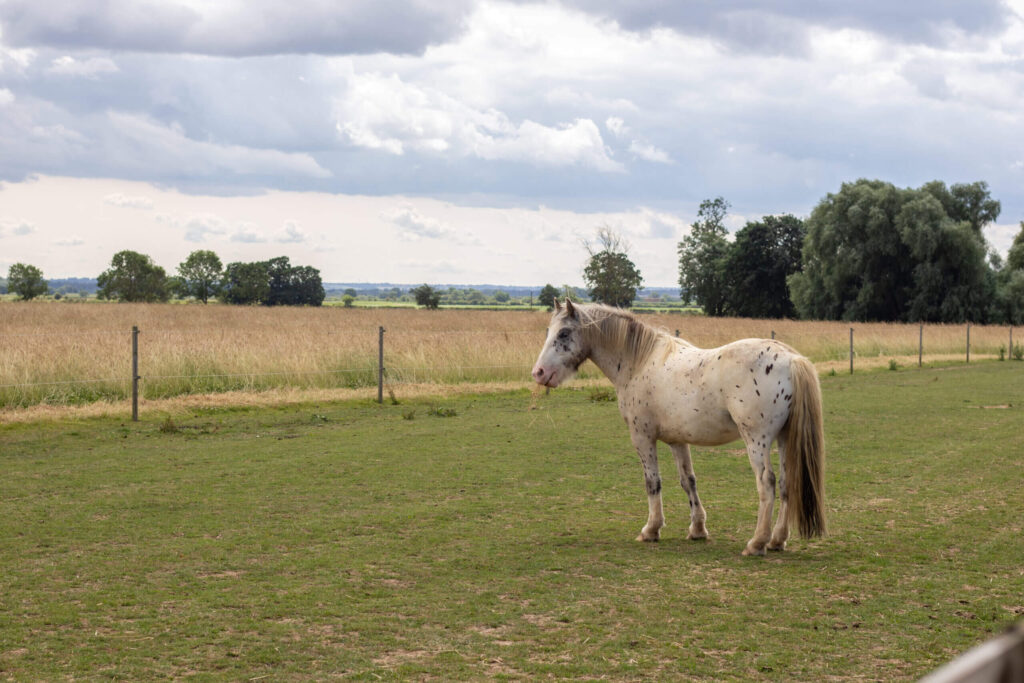
Electric fencing be used with a supply from the main electricity supply. Wooden posts can provide permanency to the structure. Advised to use a minimum of two strands (either tape or cord or flexi construction) and at different heights.
It can also be used as temporary fencing (battery/solar supply) electric tape/rope (with plastic posts). Recommended for use in divisional sectioning of fields, not sole boundary fencing.
Stone walls
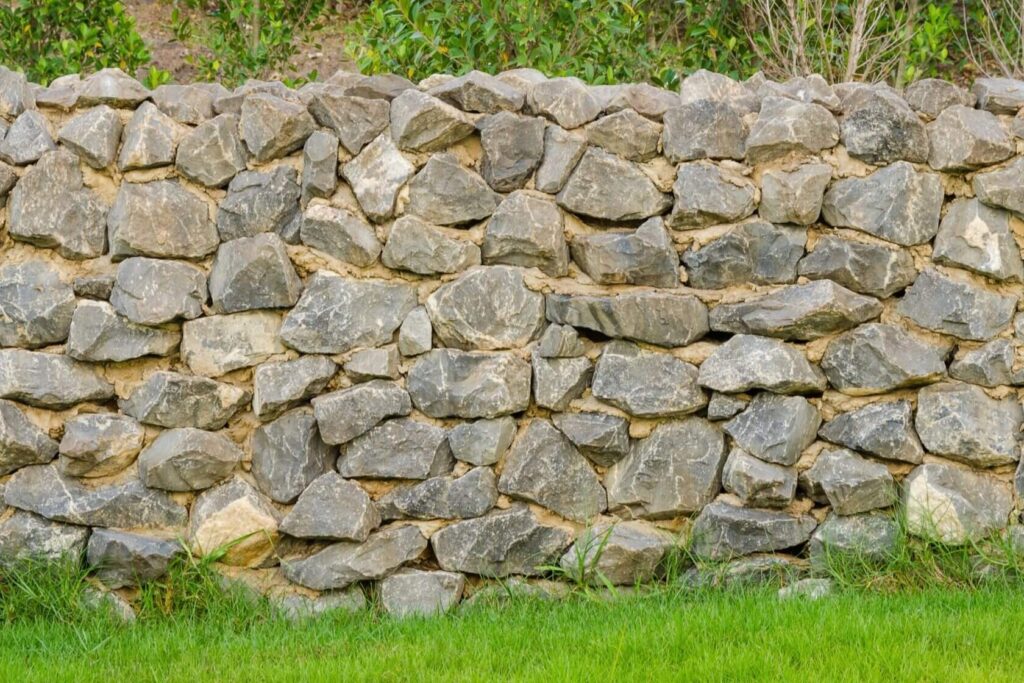

Unsuitable Fencing
Barbed wire

Broken fencing

Poor fencing

What you need to consider
If your equine escapes from a field due to insecure fencing the following needs to be taken into consideration….
Public Liability Insurance
If you own, ride, or look after a horse you are strongly advised to purchase public liability insurance cover, you may be legally liable to pay compensation for any damage or injury caused by your horse. Personal injury compensation claims can run into millions of pounds, meaning that anyone who is uninsured risks losing their home and any other assets.
Equines are large, powerful animals that use their ability to flee from any perceived danger. Even the calmest of horses can behave unpredictably if they are startled, and the consequences of a big animal moving at high speed are potentially very serious.
Under the Animals Act 1971, ‘strict liability’ for damage or injury caused by animals falls to their owners or current keepers. ‘Strict liability’ is a standard of liability under which a person is legally responsible for the consequences of an activity, even in the absence of any fault.
Some horse owners may already have some liability cover included in, for example, their household policies, but it’s generally for a comparatively small amount and may not cover the amount of compensation ordered to pay.
Becoming a British Horse Society Gold member can provide you with up to £30 million of public liability insurance cover.
The Highways Act 1980
If the fencing is not suitable and equines escape and wander onto public roads, there are potential consequences for the owner or landowner.
Problems with horses on the highway causing an immediate risk to motorists should be referred to the Police by telephoning 999. Non urgent matters involving horses on the highway should be reported to the Police using the 101 number.
The Highways Act 1980 (Section 155) can then be applied. This Act makes it an offence for horses to stray or lay on, or at the side of a highway. This does not apply to highways which cross common land, waste or unenclosed ground. The Police have powers to remove horses straying on the highway and either to return them to the horse owner or to remove them to a pound. A person found guilty of an offence is liable for paying the expenses incurred in removing and pounding the horses. This may include, boarding costs, feed, bedding, staff time, and transportation costs.
The equine will be checked for a microchip number and if it has been registered with the current owner. If the owner is found, they must prove ownership of the equine by presenting a current up to date passport and registered microchip number.
Remember we are here at Bransby Horses to support you with the health and welfare of your horse, if you require further information on any of the above or you would like to discuss your management plan please call 01427 787369 or email welfare@bransbyhorses.co.uk.
